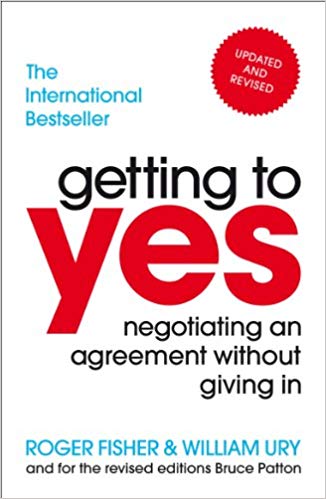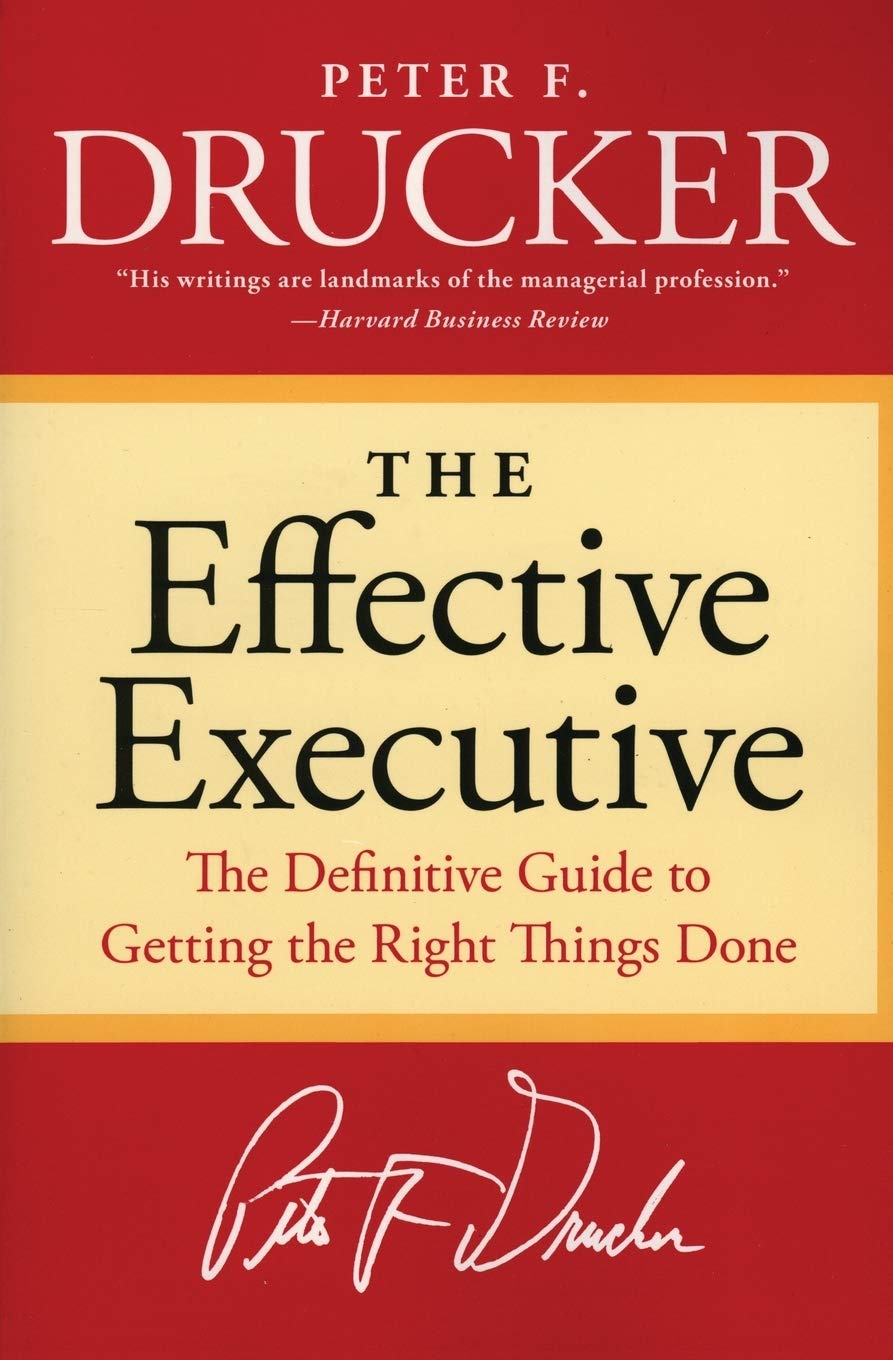Getting To Yes
by Riger Fisher & William Ury
- Career
- Ashto =
- Jonesy =

Getting To Yes – by Roger Fisher & William Ury
Getting To Yes shows us that whether it’s asking for a raise with from boss, trying to find an agreed upon price for your house or discussing what you should do on date night, like it or not, you are a negotiator. We all negotiate every day. Most people negotiate by ‘positional bargaining’, but Roger and William show us their superior ‘Principled Negotiation’ techniques with a few simple steps:
1. Separate the problem from the people
2. Focus on interests not positions
3. Invent options for mutual gain
4. Insist on using objective criteria.
Getting To Yes Summary
Negotiation is a fact of life: you discuss a raise with your boss, you try to find an agreeable price for a house with a stranger, lawyers settle lawsuits from car accidents, you decide with your husband where you should go out for dinner and which movie you should watch – everyone negotiates something every day. Negotiation is a basic means of getting what you want from others. It is back-and-forth communication designed to reach an agreement when you and the other side have some interests that are shared and others that are opposed. Every negotiation is different, but the basic elements do not change.
Don’t bargain over positions
If you bargain over positions, each side will take a position and argue for it, and will proceed to make concessions to reach a compromise. This common form of negotiation takes the form of successively taking – and then giving up a sequence of positions. Taking positions serves some useful purposes in a negotiation, it tells the other side what you want, it provides an anchor in an uncertain and pressured situation and it can eventually produce the terms of an acceptable agreement.
Arguing over positions is inefficient, the process takes a lot of time. There are incentives to move slowly, it leads to dragging your feet, stonewalling, threatening to walk out, and other wasteful tactics. It endangers an ongoing relationship as it becomes a contest of will – the strongest will wins. Each negotiator asserts what she will/won’t do, and the weaker one eventually has to cave and lose, or nobody wins and the relationship becomes bitter. Either play ‘hard’ or play ‘soft’. But all of those can be served in a much better way with a different style of negotiation.
If you do not like the choice between hard and soft positional bargaining, you can change the game with Principled Negotiation. There are 4 key components to principled negotiation.
- Separate the People from the Positions
Egos tend to become involved in substantive positions, and the relationship tends to become entangled with the problem. The conflict lies not in objective reality, but in people’s heads. The ability to see the other side sees it, as difficult as it may be, is one of the most important skills a negotiator can possess. Understanding the other’s point of view doesn’t mean you agree with it, but your understanding must be communicated for successful negotiations.
Even if the terms of agreement seem favourable, the other side may reject them simply out of a suspicion born of their exclusion from the drafting process. So give them a stake in the outcome by making sure they participate in the process. Agreement is much easier when both parties have ownership of the ideas. There are 3 big problems in communication:
- Negotiators may not be talking to each other, or at least not in such a way as to be understood (given up, no longer attempting serious conversation)
- Even though you may be talking directly, they may not be hearing you
- Misunderstanding – even though you my be speaking directly and they may be hearing you, they may misinterpret what you say
In order to not fall into the trap of these communication issues, you must listen intently and acknowledge what is being said, frame your point of view from your perspective (“I feel let down, not “you broke your word”), and before you speak, be conscious of what you are trying to find out.
- Focus on Interests, Not Positions
There once was wo kids fighting over an orange to get half each. One wanted it for the fruit and throw away the peel. The other wanted the skin to make a cake and throw the fruit away. If both kids were to focus on interests and not positions, one could get the full peel, the other all the fruit – they could get all of what they want and nothing would be thrown away.
In negotiation, you need to look beyond positions and identify interests. Realise the each side has multiple interests – it’s best to get them all out, so that you can identify which ones are most easily fulfilled so that you can achieve as many as possible for both sides. The purpose of negotiation is to serve your interests. The chance of that happening increases when you communicate with the other side. The other side may not know what your interests are, and you may not know theirs.
- Invent Options for Mutual Gain
Most people see the role of negotiation as narrowing the gap between two opposing positions, rather than broadening the potential options available. So at this stage we need to broaden the potential options available to both sides.
Inventing options is hard, because inventing options is not the norm, especially when under the pressure of a negotiation. To find options, brainstorm without judgement of the ideas generated – judging ideas kills imagination and creativity. When brainstorming, be sure to separate ‘inventing’ from ‘deciding’. At this stage you’re simply inventing all of the options first, then later decide on the best ones. You can brainstorm with yourself, or even better include the other side! Unprincipled negotiations have the assumption of a ‘fixed pie’. But rather than fighting about how to cut up the fixed pie, instead focus first on growing the pie so that both parties benefit.
- Insist on Using Objective Criteria
No negotiation is likely to be efficient if you pit your will against theirs – either you have to back down or they do. Instead, try to look for ‘objective criteria’
For example, if you are negotiating for a raise with your boss, objective criteria may be the fair market value (easily found on the web), precedent, moral standards or tradition. There are 3 basic points to remember.
- Frame each issue as a joint search for objective criteria
- Reason and be open to reason as to which standards are appropriate
- Never yield to pressure, only to principle. Ask, what’s your theory behind their position?








